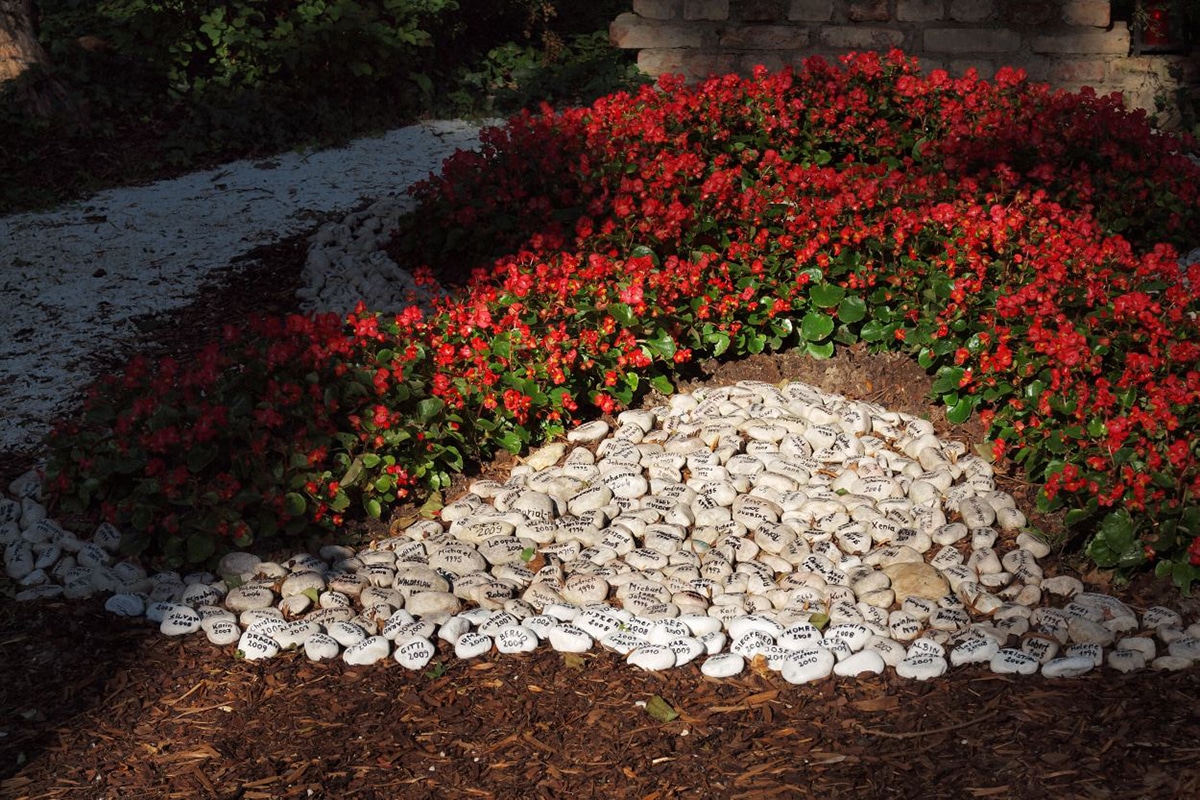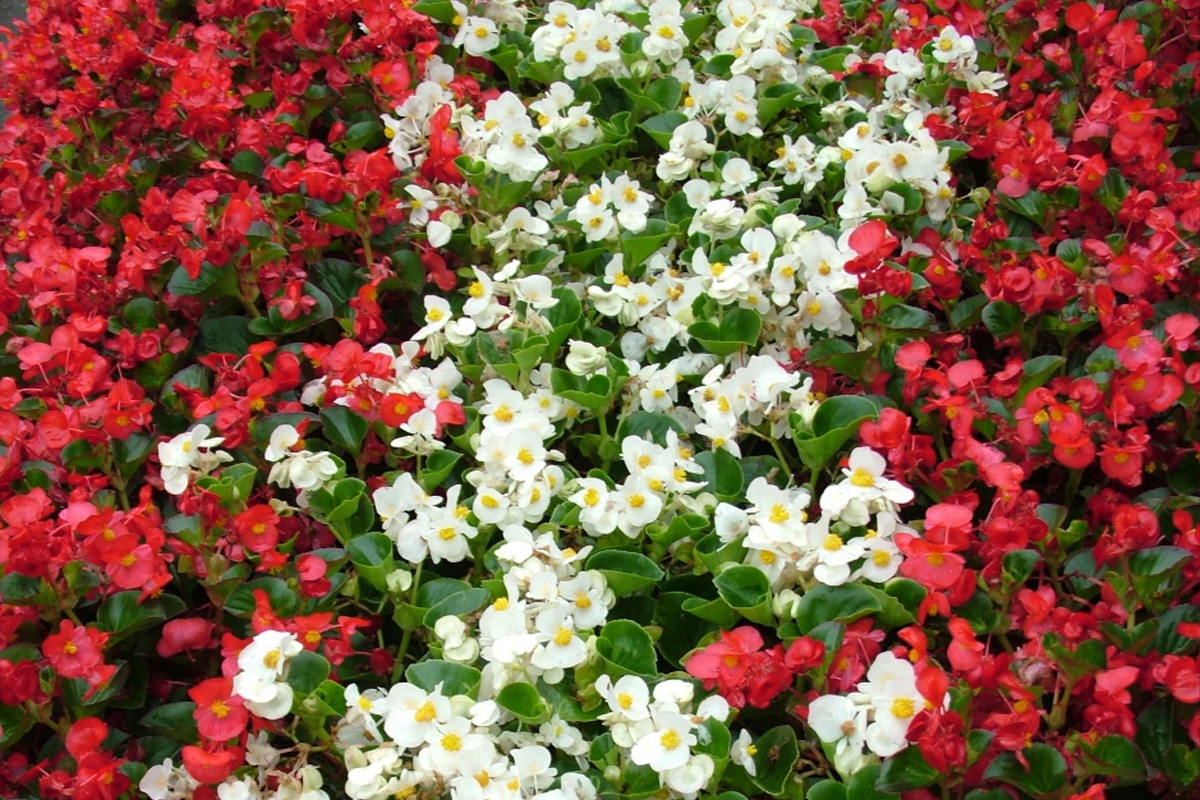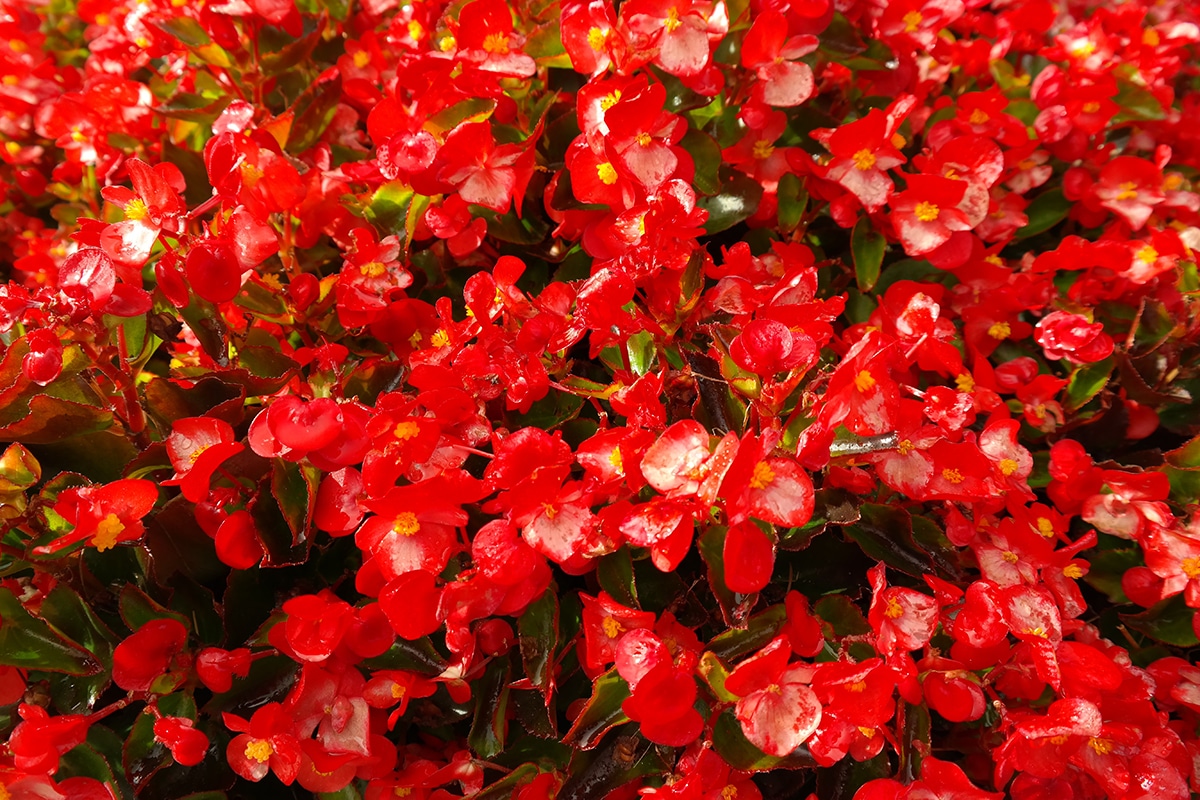
The doublet begonia, also known as semperflorens begonia or continuous-blooming begonia, is a popular houseplant that It has been cultivated for its beauty and ease of care. With glossy leaves and colorful flowers that appear year-round, this flowering plant makes an attractive addition to any home or office.
In addition to its beauty, the doublet begonia is known for being an easy plant to grow, making it ideal for those without much gardening experience. With proper care, including strong but indirect light, regular watering, and a comfortable temperature, this vegetable can thrive and produce flowers all year long. However, as with any plant, it is important to be aware of pests and diseases that can affect it and take measures to prevent and treat them in time. To help you get to know and cultivate this beautiful begonia, we are going to explain in this article what exactly is it and what are the care it requires.
What is the doublet begonia?

The doublet begonia, scientifically known as Begonia × semperflorens-cultorum, is a hybrid begonia that is commonly known as semperflorens begonia or continuous flowering begonia. As we have already mentioned, it is a popular indoor plant due to its ease of cultivation and its ability to produce flowers throughout the year. The leaves of this begonia are generally green and glossy, and the flowers can be white, red, pink, or pale pink.
It is an artificial hybrid that originated from the crossing of different species of begonias. It is not known for certain when or where this hybrid begonia originated. However, it is believed that it was created somewhere in Europe or America in the XNUMXth century. The doublet begonia has been cultivated commercially for its ability to produce flowers year-round and its ease of cultivation. Therefore it is not surprising that it is a popular vegetable for interior decoration and for the production of potted plants. Over the years, the continuous flowering begonia has been cultivated and bred by gardeners and horticulturists.
In general, artificial hybrids such as the semperflorens begonia are created with the aim of combining the desirable characteristics of different species to produce a new plant with better ornamental or cultivation characteristics. Therefore, they are artificially "improved" or "perfected" vegetables by humans. They tend to be more resistant and durable plants.
Description
We already know a bit more about the doublet begonia, but what does it look like? Well then, it is a small to medium-sized plant with various forms, depending on the variety. In general, the leaves are oval or rounded, with jagged or smooth edges and a shiny, velvety texture. These can be light to dark green in color, and some varieties have leaves with a pattern of spots or a red border.
The flowers of Begonia × semperflorens-cultorum are small and solitary, and they can be white, red, pink, or pale pink. The flowering of this plant is continuous, with flowers that appear throughout the year (hence it is also known as continuous flowering begonia).
In summary we can say that the begonia semperflorens It is a plant with a showy and attractive aspect, with glossy leaves and colorful flowers that make it ideal for interior decoration. Of course, it is a vegetable that is obvious and that, well cared for, will beautify our environment.
How to care for doublet begonia?

Are you considering acquiring a doublet begonia? I would not be surprised, because it is extremely pretty. In addition, it is very easy to grow. Even so, we must provide basic care so that it looks healthy and flourishes as it should. Let's see what they are:
- Light: This begonia prefers bright, but indirect light. It is advisable to avoid direct exposure to the sun, as it can damage its leaves and flowers.
- Irrigation: It is best to keep the soil moist, but not soaked. We must let the soil dry slightly between waterings.
- Temperature: The semperflorens begonia prefers warm and comfortable temperatures, between 15 and 24 degrees Celsius.
- Humidity: The favorite environment of this beautiful plant is rather humid, but it is not necessary to spray it with water.
- Fertilizer: It is best to fertilize your doublet begonia every four to six weeks during the active growing season with a liquid houseplant fertilizer.
- Pruning: This vegetable does not need pruning per se, but it is highly recommended to remove dry and diseased leaves and stems to maintain a healthy and attractive appearance.
By following these care tips, Begonia × semperflorens-cultorum should thrive and produce flowers all year long.
Plagues and diseases
Despite being a fairly resistant hybrid compared to other begonias, The doublet begonia can be affected by some pests and diseases. The most common are the following:
- Mites: These tiny arachnids can cause brown spots on the leaves and a wrinkled texture. See file.
- White fly: These insects can damage the leaves and reduce the flowering of the begonia. See file.
- Fungi: Continuous flowering begonia can be susceptible to fungal diseases. Some examples would be collar rot and root rot, if the soil is too wet. See file.
- Leaf spots: Leaf spots can appear on begonia leaves as a result of prolonged exposure to direct sunlight or excess water in the soil.
To prevent these pests and diseases, it is important to maintain good hygiene of the plant and provide a suitable environment for cultivation, including bright but indirect light, regular but not excessive watering, and a comfortable temperature. If problems do occur, it may be necessary to treat with specific insecticides or fungicides to resolve the situation.
Did you like the doublet begonia? Without a doubt, this hybrid is an excellent option to decorate our home.